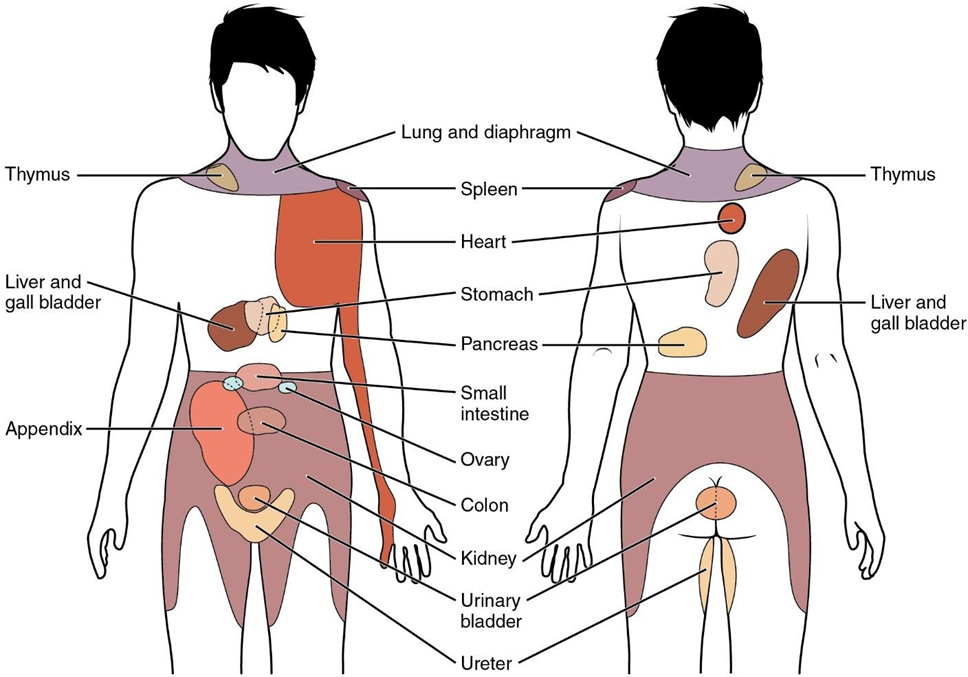A nurse is caring for a client in the emergency department.
Click to highlight the findings that indicate that the client's condition is improving. To deselect a finding, click on the finding again.
1400:
Client admitted to the medical-surgical unit at 1200 today. Alert and orientated x4, heart and lung sounds clear. Client urinating 100 mL/hour.
Client is tolerating soft diet and oral fluids. Bowel sounds are hyperactive in all 4 quadrants.
Bilateral pedal pulses 2+, Blood glucose 310 mg/dl. (74 to 106 mg/dL) 1400:
Temperature 36.8° C (98.2° F)
Pulse rate 84/min Respiratory rate 16/min
Blood pressure 106/76 mm Hg Oxygen saturation 96% on room air
Alert and orientated x4
Heart and lung sounds clear
Client urinating 100 mL/hour
Client is tolerating soft diet and oral fluids
Bilateral pedal pulses 2+
Temperature 36.8° C (98.2° F)
Pulse rate 84/min
Respiratory rate 16/min
Blood pressure 106/76 mm Hg
Oxygen saturation 96% on room air
The Correct Answer is ["A","B","C","D","E","F","G","H","I","J"]
The client's condition shows signs of improvement as indicated by several findings. The blood glucose level has decreased from 468 mg/dL to 310 mg/dL, which, although still above the normal range, is a significant improvement. The pulse rate has normalized from 110/min to 84/min, and the blood pressure has improved from 96/65 mm Hg to 106/76 mm Hg, indicating better cardiovascular stability. The
Nursing Test Bank
Naxlex Comprehensive Predictor Exams
Related Questions
Correct Answer is B
Explanation
A) Generalized abdominal pain reported by a client with peritonitis indicates visceral pain.
B) Pain in the left shoulder reported by a client with pancreatitis is an example of referred pain, as it occurs at a site distant from the actual pathology.
C) Substernal chest pain reported by a client with angina indicates cardiac pain, not referred pain.
D) Incisional pain reported by a postoperative client is localized and does not indicate referred pain.

Correct Answer is B
Explanation
A) Administering the transfusion through a 25-gauge saline lock might not be appropriate as it may cause hemolysis or obstruct the flow of plasma.
B) Administering the plasma immediately after thawing is crucial to ensure the effectiveness of the transfusion and to prevent degradation of the plasma components.
C) Transfusing the plasma over 4 hours is a standard practice, but the priority is administering it promptly after thawing.
D) Holding the transfusion if the client is actively bleeding is inappropriate since the client is losing blood which needs to be replaced. Furthermore, fresh frozen plasma contains clotting factors which are beneficial for a client whose cause of bleeding is clotting factor deficiencies.
Whether you are a student looking to ace your exams or a practicing nurse seeking to enhance your expertise , our nursing education contents will empower you with the confidence and competence to make a difference in the lives of patients and become a respected leader in the healthcare field.
Visit Naxlex, invest in your future and unlock endless possibilities with our unparalleled nursing education contents today
Report Wrong Answer on the Current Question
Do you disagree with the answer? If yes, what is your expected answer? Explain.
Kindly be descriptive with the issue you are facing.
